I’ve talked before about Mentor’s work in high-level synthesis (HLS) and machine learning (ML). An important advantage of HLS in these applications is its ability to very quickly adapt and optimize architecture and verify an implementation to an objective in a highly dynamic domain. Design for automotive applications – for … Read More
Author: Bernard Murphy
5G and V2X
Amid the glamor of autonomous vehicles and hot new ADAS features, communication between vehicles and other vehicles, pedestrians, cyclists or infrastructure, generally labeled V2X, doesn’t get as much press, perhaps because adoption is still pretty early or because it’s technology under the hood (quite literally) and therefore… Read More
PSS and Reuse: Great Solution But Not Hands-Free
If you’re new to PSS you could be forgiven for thinking that it automagically makes stimulus reusable, vertically from IPs to systems, horizontally between derivatives and between hardware-based and software-based testing. From a big-picture point of view these are certainly all potential benefits of PSS.
What PSS does provide… Read More
Location Indoors: Bluetooth 5.1 Advances Accuracy
OK, so you’re in a giant mall, you want to find a store that sells gloves and you want to know how to get there. Or you’re in a supermarket and you need some obscure item, say capers, that doesn’t really fall under any of the main headings they post over the aisles. If you’re like most of us, certainly like me, this can be a frustrating experience.… Read More
Safety Methods Meet Enterprise SSDs
The use of safety-centric logic design techniques for automotive applications is now widely appreciated, but did you know that similar methods are gaining traction in the design of enterprise-level SSD controllers? In the never-ending optimization of datacenters, a lot attention is being paid to smart storage, offloading… Read More
Smart Hearing is Heating Up
A lot of the attention in intelligent systems is on object detection in still or video images but there’s another very active area, in smart audio. Amazon and Google smart speakers may be the best-known applications but there are more obvious (and perhaps less novelty-driven) applications in enhancing the hearing devices we already… Read More
Jump-Starting Full-Stack AI
In the semiconductor world when we hear “full-stack” we think of a chip, chipset or board with a bunch of software, which can be connected to sensors of various types on one end, trained networks in the middle and actuators on the other side. But of course that’s not really a full-stack. The real thing would be deployment of an entire… Read More
An AI Accelerator Ecosystem For High-Level Synthesis
AI accelerators as engines for object or speech recognition (among many possibilities), are becoming increasingly popular for inference in mobile and power-constrained applications. Today much of this inferencing runs largely in software on CPUs or GPUs thanks to the sheer size of the smartphone market, but that will shift… Read More
Integrated SIMs Will Unlock IoT Growth
I’m a believer that connectivity for the IoT at scale (the trillions of devices that the industry predicts) has to be cellular. This is partly based on reach, particularly outside urban areas, but is mostly based on the financial implications of that scale. Yes, you can build infrastructure for say local Wi-Fi support with backhaul… Read More
Eta Compute Showcases Continuously Tuned DVFS
If you practice in advanced levels of power management, you know about dynamic voltage and frequency scaling (DVFS). This is where you allow some part of a circuit, say a CPU, to run at different voltages and frequencies depending on acceptable performance versus thermal tradeoffs and battery life on a mobile device. Need to run… Read More


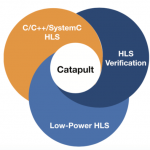



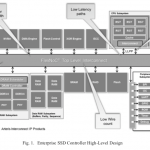
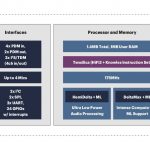
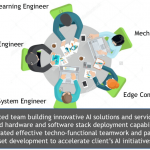
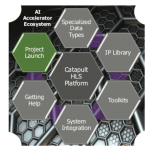
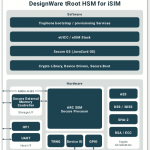
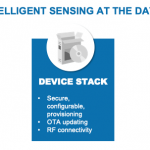







The Quantum Threat: Why Industrial Control Systems Must Be Ready and How PQShield Is Leading the Defense